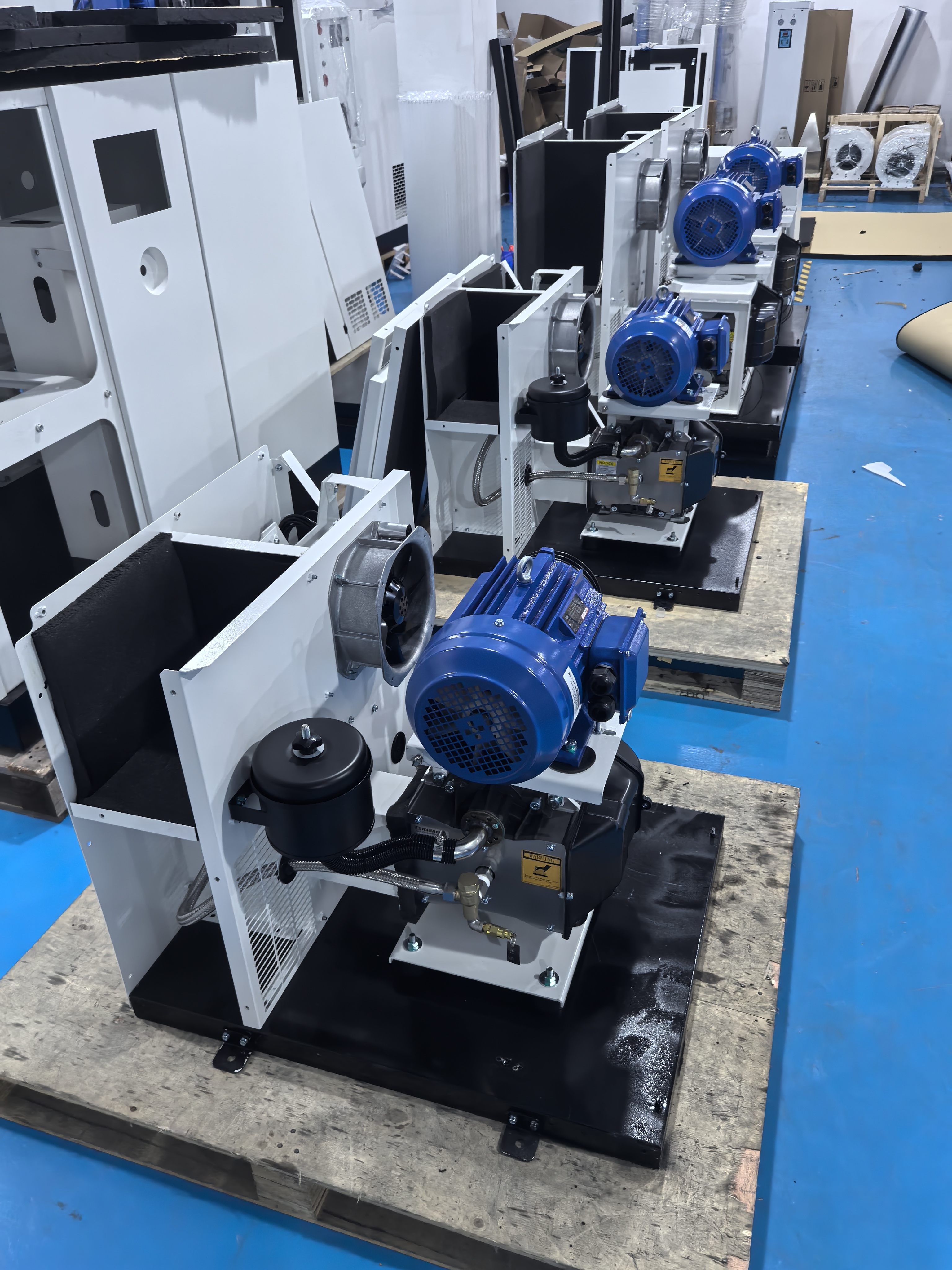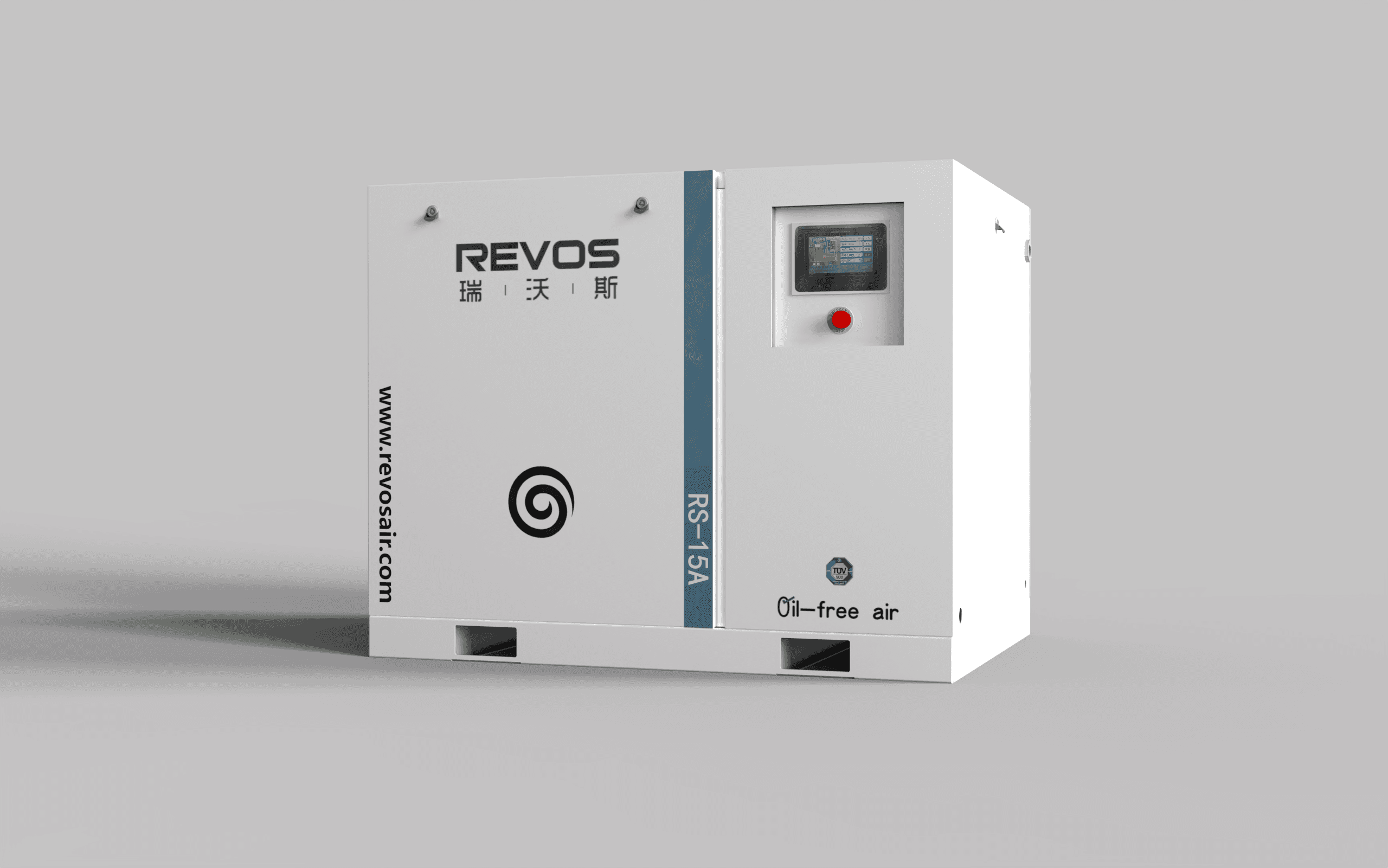In modern healthcare facilities, patient safety stands as the cornerstone of quality care. Every component of the medical infrastructure plays a critical role in preventing infections, including an often-overlooked system: compressed air. Referred to as the "fourth utility" in healthcare settings, compressed air systems power everything from surgical tools to respiratory equipment. Through extensive experience optimizing medical grade air compressors for healthcare facilities, I've witnessed firsthand how transitioning to oil-free technology can revolutionize infection prevention strategies.
This case study examines how a leading orthopedic specialty hospital significantly reduced surgical site infections (SSIs) and other hospital-acquired infections (HAIs) by upgrading to ISO 8573-1 Class 0 certified oil-free medical grade air compressors. The hospital's experience offers valuable insights for healthcare facility managers, infection control specialists, and procurement professionals evaluating clean air compressors for healthcare applications.
The Hidden Challenge: Compressed Air Quality in Infection Control

Healthcare-associated infections represent a persistent challenge for medical facilities worldwide. Recent Centers for Disease Control and Prevention data indicates these infections affect approximately 1 in 31 hospital patients on any given day. Surgical site infections alone account for roughly 20% of all HAIs, contributing to longer hospital stays, increased healthcare costs, and preventable patient harm.
"For years, our infection control efforts focused primarily on surface disinfection, hand hygiene protocols, and personal protective equipment," explained the hospital's infection control director. "While these measures remained essential, we recognized a critical gap in our strategy: the quality of the compressed air powering our surgical tools, pneumatic equipment, and respiratory therapy devices."
Traditional oil-lubricated compressors presented a hidden risk through potential oil carryover into the compressed air stream. Even with sophisticated filtration systems, trace amounts of oil aerosols and vapors could compromise sterile environments—a particular concern in orthopedic procedures where implant contamination represents a catastrophic risk with potentially life-altering consequences for patients.
The hospital's infection control team identified several pressing challenges with their existing compressed air system:
- Inconsistent air quality readings despite rigorous maintenance protocols
- Persistent low-level microbial contamination in operating room air samples
- Rising SSI rates in total joint replacement procedures
- Compliance concerns with evolving healthcare air compressor standards
- Escalating maintenance costs from frequent filter changes and unplanned system downtime
The Strategic Solution: Transition to ISO 8573-1 Class 0 Oil-Free Medical Grade Air Compressors
Following a comprehensive risk assessment, the hospital's engineering and infection control teams collaborated to evaluate alternative compressed air solutions. The evaluation prioritized air quality, system reliability, energy efficiency, and compliance with the latest healthcare air compressor standards.
"We required a solution that would eliminate oil contamination risk entirely while providing the uninterrupted reliability our critical care areas demand," noted the hospital's chief engineer. "After a thorough review of multiple technologies and vendor proposals, we selected a complete oil-free air system meeting ISO 8573-1 Class 0 certification for oil content—the highest standard available for medical grade air compressors."
The strategic transition involved several key components:
- Installation of three oil-free scroll compressors with redundant capacity to ensure continuous operation
- Implementation of advanced air treatment with multi-stage filtration and drying systems
- Integration of real-time air quality monitoring with the hospital's building management system
- Development of a comprehensive preventive maintenance program tailored to healthcare environments
- Staff training initiatives on the critical role of compressed air quality in infection control protocols
A decisive factor in the selection process was the manufacturer's ISO 8573-1 Class 0 certification, verified through independent third-party testing. Class 0 represents the pinnacle of air purity standards, guaranteeing no detectable oil content in the compressed air stream—a distinction particularly relevant for healthcare and pharmaceutical air compression systems where even microscopic contamination can have severe consequences.
Implementation and Measurable Results: A Data-Driven Success Story
The hospital implemented the new oil-free compressed air system in strategic phases, prioritizing the orthopedic surgical suite where infection control was most critical. The project team established comprehensive baseline measurements for both air quality parameters and infection rates before implementation, creating a robust framework for evaluating success.

"Rigorous data collection was essential to demonstrating the clinical and financial impact of this investment," emphasized the infection control director. "We tracked multiple metrics, including microbial counts in compressed air, surface contamination levels in operating rooms, and most importantly, surgical site infection rates across our orthopedic procedures."
Within six months of system commissioning, the hospital documented significant improvements across all measured parameters:
- Complete elimination of oil contamination in compressed air samples
- 62% reduction in microbial counts at surgical sites
- 43% reduction in orthopedic surgical site infections compared to the previous year
- 37% decrease in filter replacement costs and maintenance expenses
- 22% improvement in energy efficiency compared to the previous system
Most compelling was the direct correlation between implementation and infection rates. In the 12 months following system activation, the hospital's total joint replacement program saw its SSI rate drop from 2.8% to 1.3%—a reduction of more than 50% that exceeded initial projections and established a new standard for patient safety.
"The results speak for themselves," noted the hospital administrator. "Beyond the direct patient safety benefits, we calculated significant cost savings from reduced treatment of infections, shorter hospital stays, decreased readmission rates, and improved operational efficiency."
Aligning with Evolving Healthcare Air Compressor Standards
The decision to implement ISO 8573-1 Class 0 oil-free compressors also positioned the hospital for proactive compliance with evolving regulatory requirements. Healthcare facilities face increasingly stringent standards for medical air systems, with organizations like the Joint Commission and FDA emphasizing air quality as a critical component of patient safety protocols.
"Regulatory compliance drove much of our decision-making process," explained the hospital's compliance officer. "The Class 0 certification provided us with documentation and third-party verification that our compressed air meets the highest purity standards available. This not only simplified our accreditation process but also demonstrated our unwavering commitment to patient safety."
The system's real-time monitoring capabilities proved particularly valuable during regulatory inspections, providing continuous documentation of air quality parameters and enabling proactive intervention before potential issues could impact patient care or regulatory compliance.

Key Lessons and Best Practices for Healthcare Facilities
The hospital's experience offers valuable insights for other healthcare facilities considering compressed air system upgrades or evaluating clean air compressors for healthcare applications:
- Adopt a multidisciplinary approach involving engineering, infection control, clinical, and administrative staff from project initiation through post-implementation evaluation to ensure all perspectives are considered.
- Establish clear performance metrics before implementation to enable objective evaluation of success across clinical, operational, and financial dimensions.
- Prioritize true oil-free technology rather than relying solely on filtration with oil-lubricated compressors, particularly for critical care and surgical applications where contamination risks are highest.
- Invest in comprehensive monitoring capabilities to provide continuous verification of air quality and enable proactive maintenance, troubleshooting, and compliance documentation.
- Consider total cost of ownership rather than focusing exclusively on upfront costs, factoring in energy efficiency, maintenance requirements, infection control benefits, and regulatory compliance advantages.
- Develop comprehensive training programs to ensure clinical and technical staff understand the critical role of compressed air quality in infection control protocols.
- Engage with experienced suppliers who specialize in healthcare and pharmaceutical air compression systems, understand healthcare-specific requirements, and can provide the documentation necessary for regulatory compliance.
Conclusion: A Proactive Investment in Patient Safety
This case study demonstrates how healthcare facilities can significantly reduce infection rates through strategic investments in medical grade air compressors and clean air systems. By transitioning to ISO 8573-1 Class 0 oil-free compressors, the hospital successfully addressed a hidden contamination source while simultaneously improving patient outcomes, regulatory compliance, and operational efficiency.
As healthcare continues to evolve, forward-thinking facilities recognize that comprehensive infection prevention requires addressing all potential contamination sources—including those not immediately obvious. Compressed air, though often overlooked in traditional infection control protocols, represents a critical component of healthcare infrastructure that directly impacts patient safety and clinical outcomes.
"Our experience has been transformative," concluded the hospital administrator. "What began as an equipment upgrade evolved into a cornerstone of our infection prevention strategy, delivering measurable benefits for patients, staff, and our organization as a whole."
For healthcare facility managers evaluating compressed air systems, the message is clear: investing in oil-free medical grade air compressors represents not just a compliance requirement, but a proactive commitment to patient safety and quality care that delivers both clinical and financial returns. As healthcare air compressor standards continue to evolve, early adoption of these technologies positions organizations at the forefront of patient safety while ensuring long-term operational efficiency and regulatory compliance.
